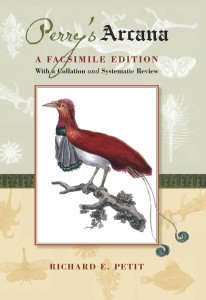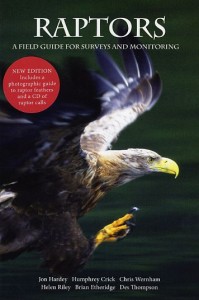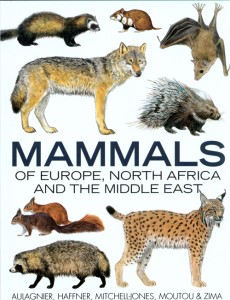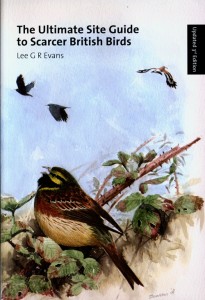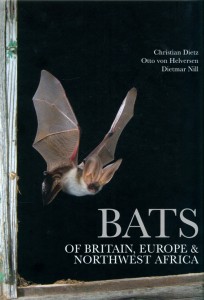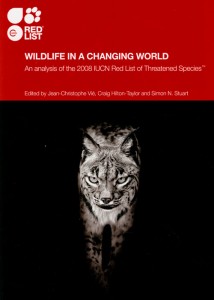Night vision scopes work by collecting available light, normally from the moon and stars, and amplifying this to generate a meaningful image. The main component of any scope is the Image Intensifier, a vacuum tube that differs in design depending on the generation of scope (more info on generations later!). The image intensifier collects particles of light (photons) and focuses them onto a photocathode. The photocathode absorbs these photons and converts them to electrons, which are subsequently amplified and projected onto a green phosphor screen at the rear of the tube. To do this the photocathode needs a power supply, normally from commercially available batteries.
When the electrons hit the phosphor screen, the screen emits visible green light that the user can see. Therefore, you do not look through a night vision scope, but rather look at an amplified electronic image on a phosphor screen. As the phosphor screen emits light in exactly the same pattern and intensity as the light collected by the objective lens, the screen image corresponds to the actual scene in front of the scope. The phosphor screen is coloured green because the human eye can differentiate more shades of green than any other phosphor colour.
There is a bewildering array of night vision scopes available for amateur, commercial and military purposes. NHBS has selected a range of scopes and accessories that match the needs of amateur and commercial users so we hope there is no chance you are going to get shot at whilst using them! All our scopes have been tried and tested by wildlife and land management professionals and so provide versatile and durable solutions to seeing at night. However, even amongst our range there are subtle differences that make some scopes more suitable than others for certain uses. Below is a list of criteria to consider when making your choice. If you are still unsure, then please contact us as we would be happy to provide further advice.
For more on this blog, see the NHBS Quick Guide: Night Vision Scopes

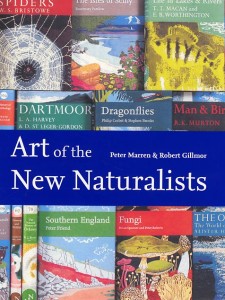
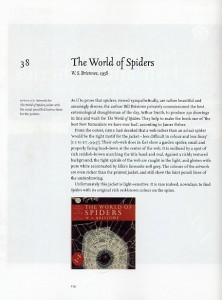
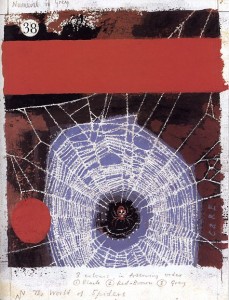
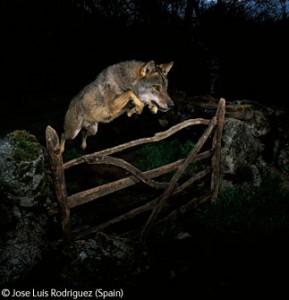
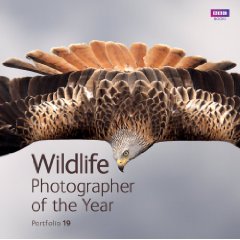
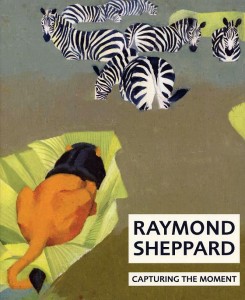 Capturing the Moment
Capturing the Moment